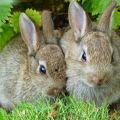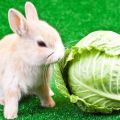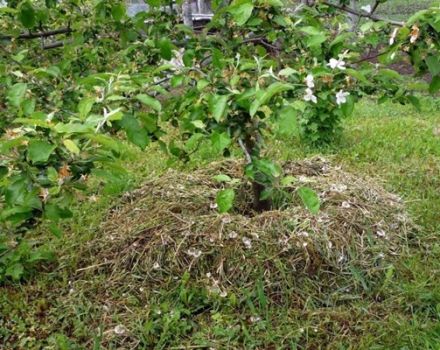How can rabbits be watered in winter, norms and requirements for outdoor keeping
In winter, the diet of rabbits changes. However, this does not negate the need to regularly water the animals with clean water. But if the rabbits are outside warm rooms, there is a problem with watering, since at negative temperatures the liquid turns into ice. Recommendations on how to water rabbits in winter when kept outdoors help to avoid such consequences.
The role of proper watering for rabbits
Water plays a primary role in the development of any organism. Rabbits will not be able to survive without regular watering. Thanks to water, the digestive and cardiovascular systems of animals work smoothly. Without a constant supply of fluid, the functioning of the brain and central nervous system is disrupted.
The need for normalized watering of rabbits in winter is also due to the fact that the body's thermoregulation is disturbed without water. This is fraught with the death of animals in the cold season.
In order to ensure the normal development and maintenance of the vital activity of rabbits in winter, it is necessary to observe the norms and frequency of water supply.
However, animals can do without drinking for a while. Rabbits consuming dry food can go without liquid for six hours, fresh grass - up to three days.
Norms and requirements for water for rabbits in winter
Due to the fact that rabbits constantly live at home, the immunity of such animals is weakened in comparison with wild hares. Therefore, adults and young animals kept outdoors should not be given water obtained from open sources:
- rivers;
- lakes;
- ponds and others.
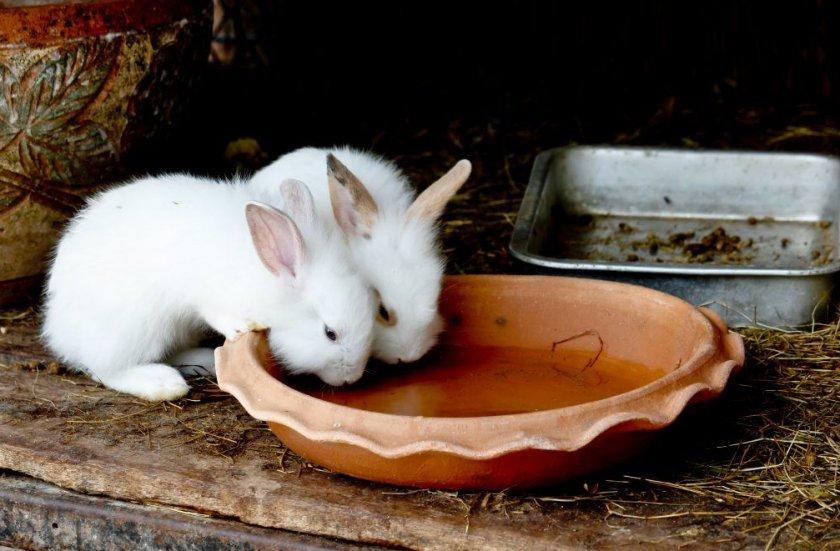
The consumption of such water significantly increases the risk of contamination of animals. Before serving, the liquid is recommended to be filtered and heated to a temperature of 18-25 degrees. Moreover, if the animals freeze, you should not pour boiling water either. Do not feed rabbits with water that is long standing.
It is also necessary to comply with the following fluid supply standards:
- young animals - no more than 1.5 liters per day;
- adults - 0.5-1 liter;
- pregnant rabbits - 1.5-2 liters;
- lactating female - 2 liters.
In addition, it is recommended to consider the life span of the animal. A newly born female should be given up to 2.5 liters of water per day. If animals consume mainly dry food, then 0.5 liters should be added to the indicated rates.
How to drink in winter when kept outdoors?
Breeding rabbits in the winter is difficult. At this time, there is no access to fresh grass. It is more difficult to raise pets that are kept mostly outdoors.In this case, it will be necessary to resolve the issue with a constant supply of fresh water.
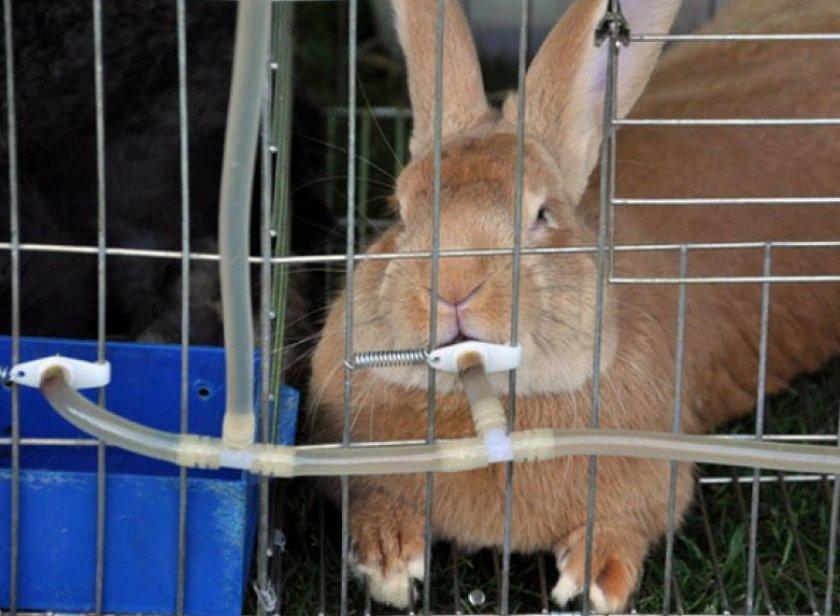
Breeders' winter drinking options do not always solve the problem of freezing fluids. In this case, you can resort to other methods of replenishing the water deficit.
As a solution to this problem, breeders use milk (not cow), which can be given to adult males and females. It is forbidden to water the young in this way. Adults are allowed to give 4-5 tablespoons of milk up to 3-4 times a day. However, it is not recommended to constantly water the animals like this. Milk can replace water in case of poisoning and a number of other violations.
The addition of a small amount of salt (1 gram per 2 liters) helps to prevent the formation of ice. This solution allows you to compensate for the deficiency of a number of trace elements in the body of pets. But you cannot add salt if the rabbits eat dry food.
Electric drinker
Heated drinkers solve the above issue. This equipment comes in different shapes and sizes. There are also separate heating elements that can be inserted into regular drinkers.
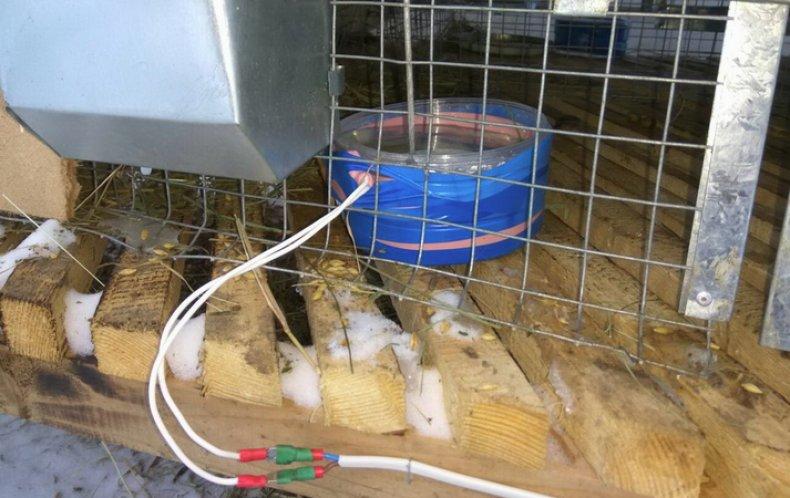
Electrical appliances of this type are inexpensive. Prices for such equipment do not exceed 100 rubles. Electronic drinkers help automate the water supply and make feeding rabbits easier in winter. If necessary, such a device can be made independently using a separate heating element.
Continuous topping up with warm water
This option is less attractive in comparison with the previous one, since it requires the constant presence of a person in a place where animals are kept. The advantages of this method boil down to the fact that pets receive fresh water. However, when the ambient temperature drops below zero degrees, the drinking process becomes more complicated. In such conditions, warm water quickly cools and freezes.
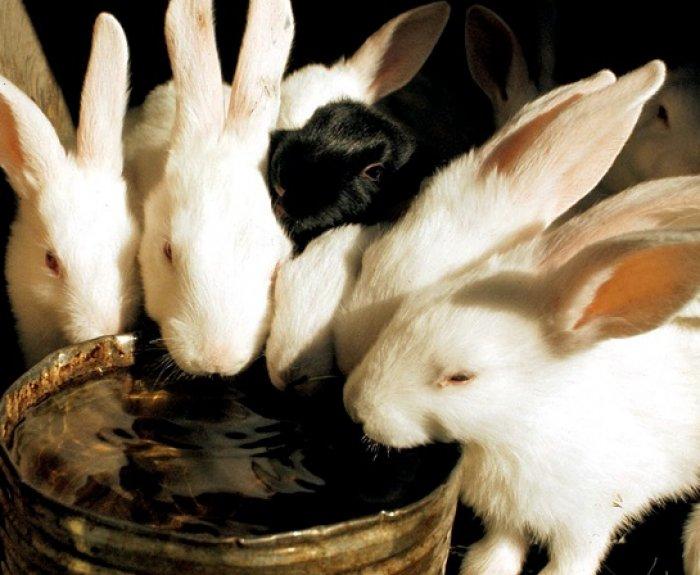
Can snow be given instead of water?
Breeders in winter often give rabbits snow or ice. This method is popular, but it has a number of disadvantages. The advantage of this method is that the snow can be put in the cup in the morning, and as it melts, the animals will constantly satisfy their thirst. But in the evening, the rabbits need to be given warm water.
However, it is not recommended to regularly resort to this method of drinking. Snow contains impurities and impurities. The latter, getting into the body of adults, provoke disorders and diseases of the gastrointestinal tract.
In the event of such violations, it is recommended to give vodka diluted up to 30 degrees, 2 tablespoons to adults and one to young animals.
Snow and ice are cold. Therefore, when consuming such water, the body begins to spend more energy on heating, which negatively affects the state of immunity. At the same time, the pet's appetite increases, which leads to an increase in feed consumption.


